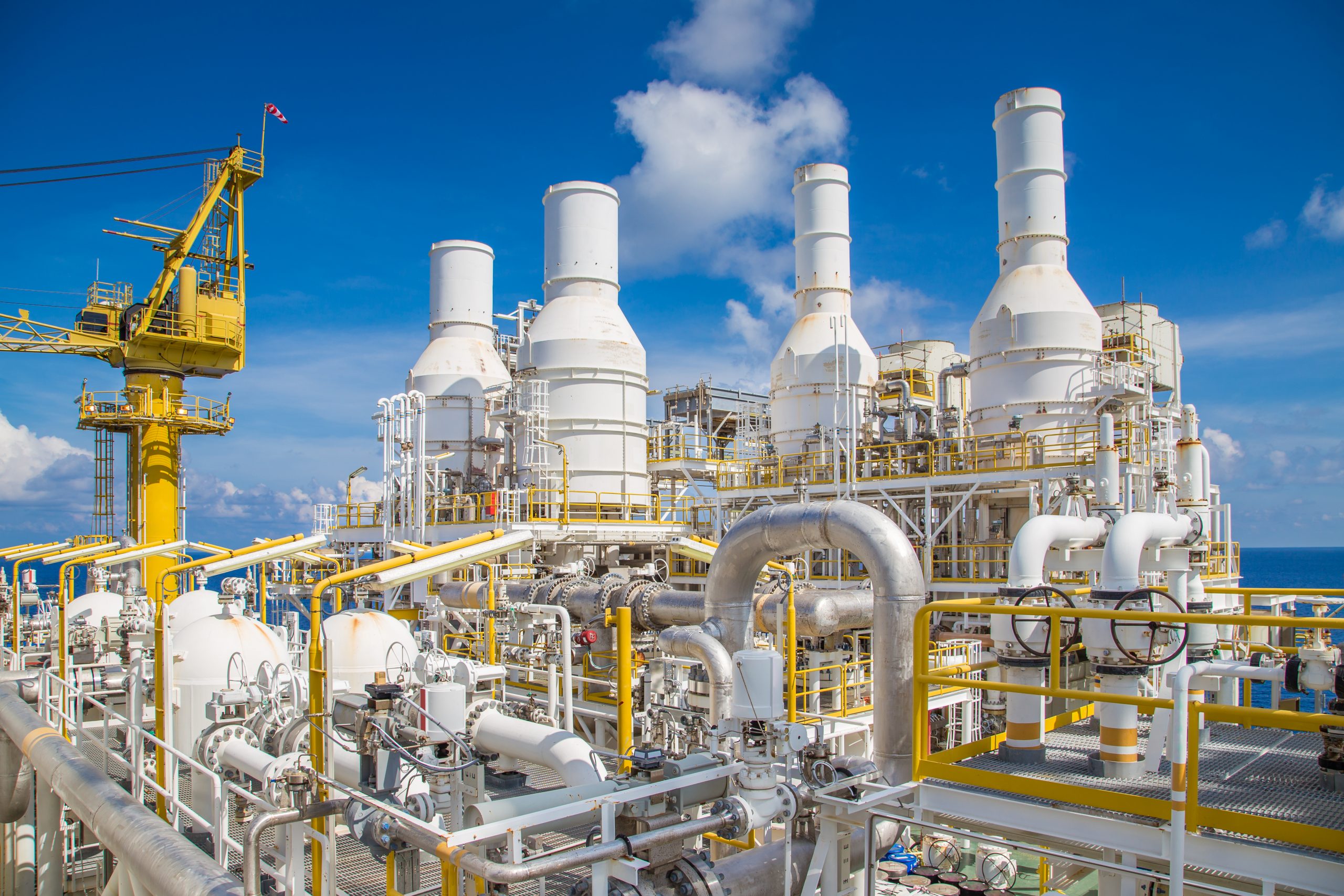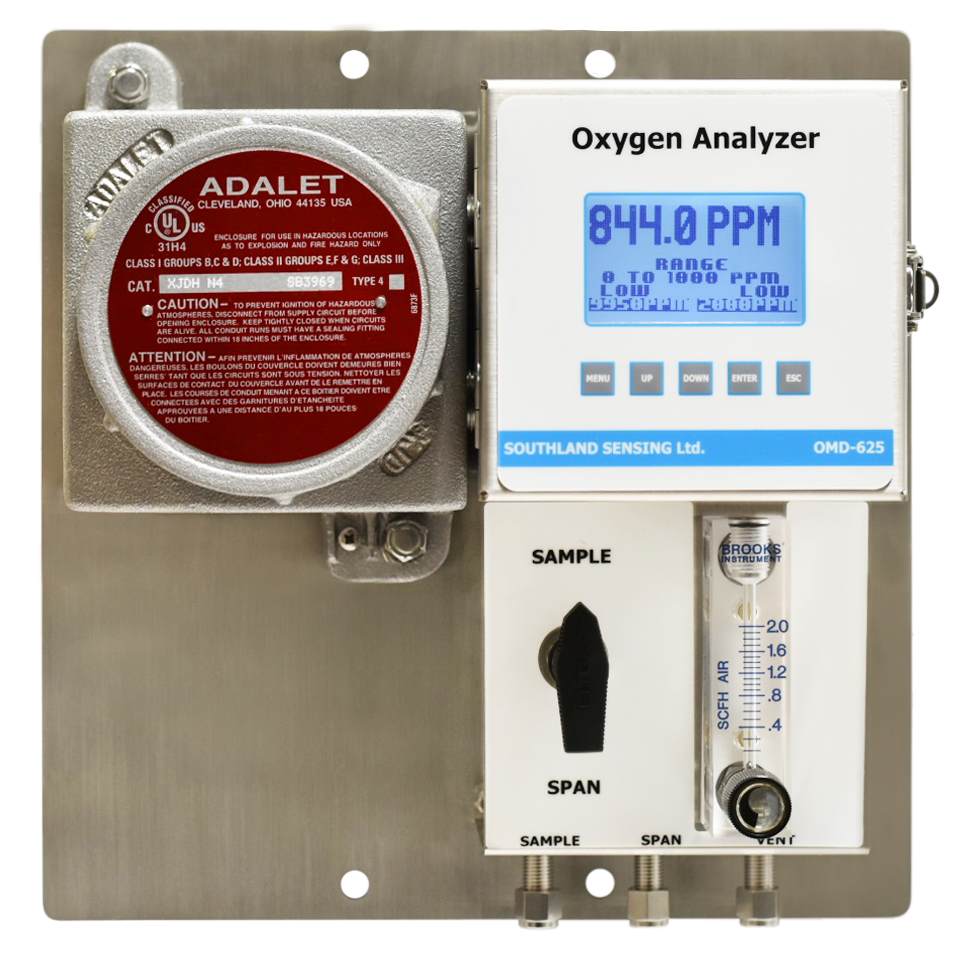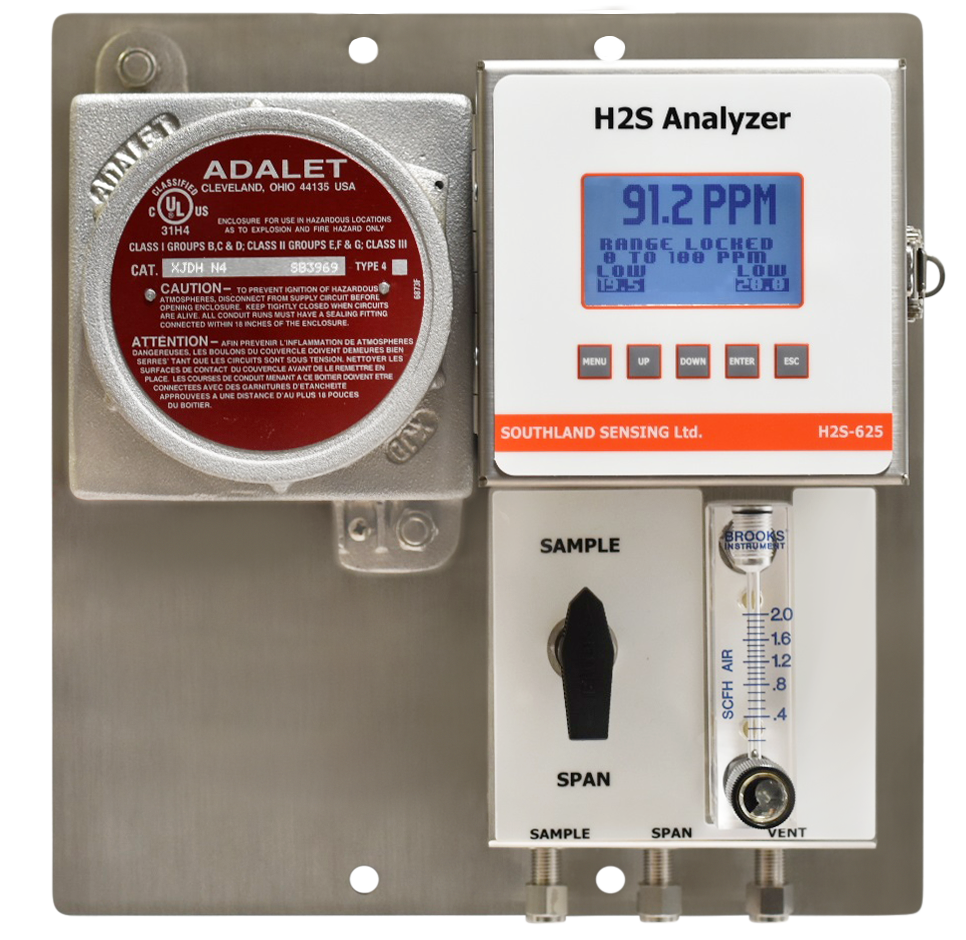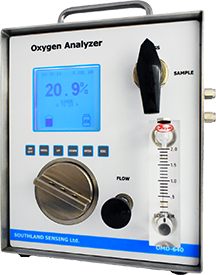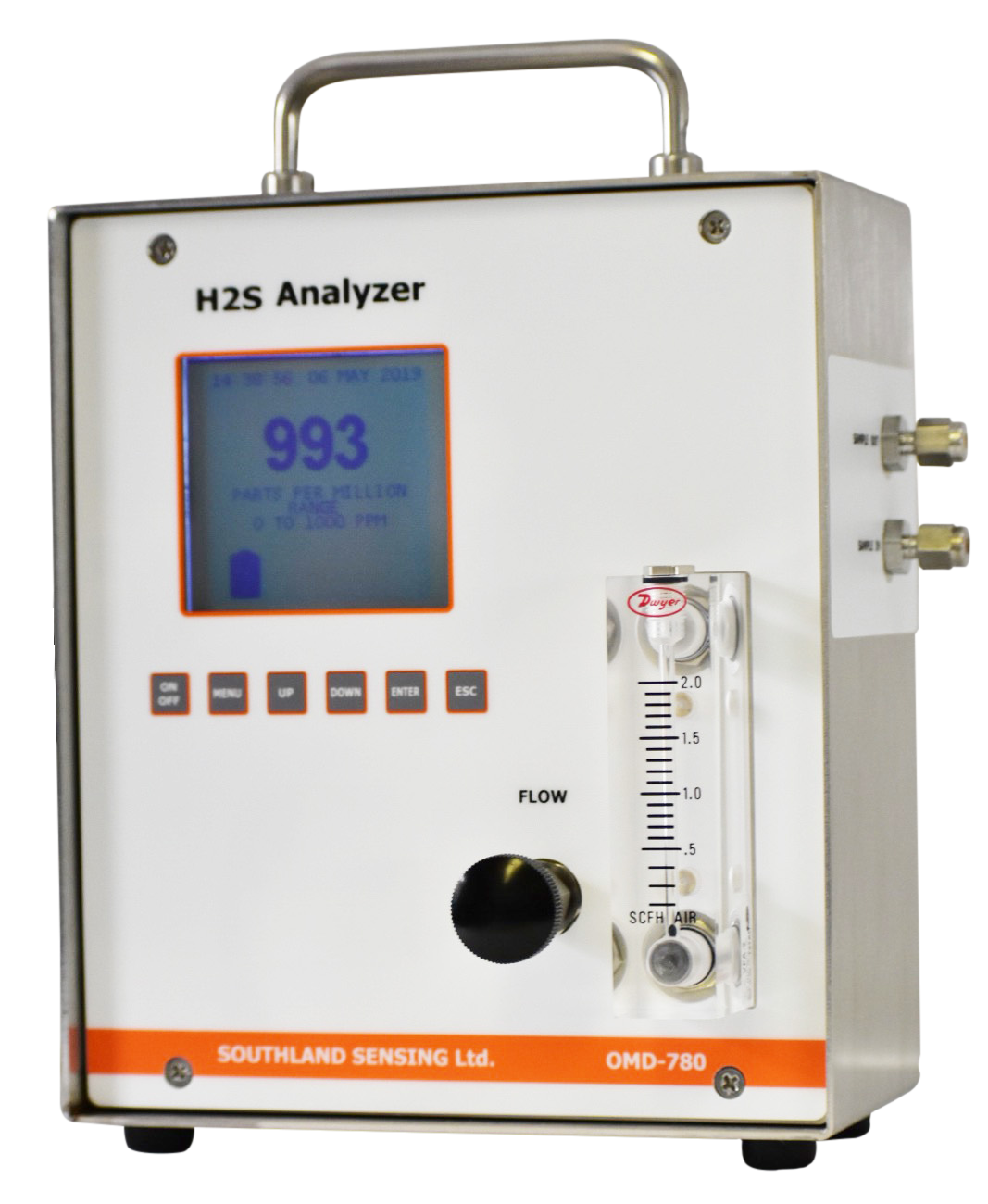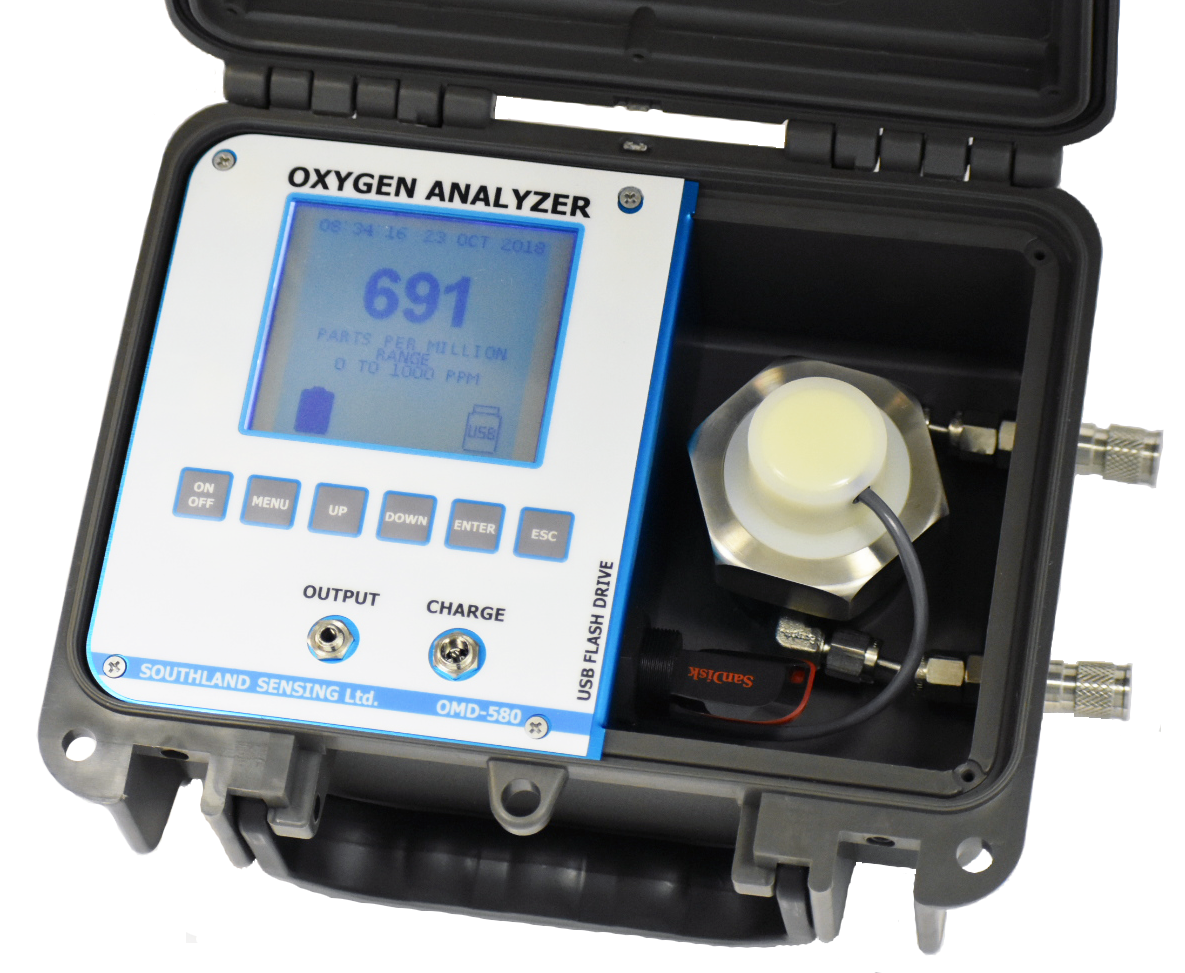Oxygen is not often present in natural gas wells or is present only in very small concentrations. Oxygen mainly gets into the gas stream in pipelines and processing. Vacuum pumps that are used to extract natural gas can potentially pull air into the inlet of the compressor and into the fuel. Leakage in the pipeline or processing equipment can also be a source of ingress for oxygen – compressors are used to increase gas flow if the gas field is far from the separation plant, and the compressors’ seals have a potential for leakage.
Oxygen combines with other chemicals, especially H2S, forming acids that can corrode piping and valves exposed to the gas stream, degrades amine which hinders the removal of acid gases, and can degrade mercaptans that are used to odor natural gas. For these reasons it is important to measure the oxygen concentration in natural gas to avoid damage to your pipeline and equipment, as well as the H2S levels if you are dealing with sour gas. Monitoring of oxygen is often done at the wellhead piping to detect oxygen in the initial gas, as well as further downstream for leak detection.
The precision galvanic electrochemical cells manufactured by Southland Sensing Ltd. are largely unaffected by hydrocarbons, and a relatively simple sample system can be used to condition a gas sample for analysis regardless of the condition of your gas. We offer online analyzers suitable for hazardous areas that the natural gas industry requires: our OMD-625 as well as the H2S measuring equivalents, the H2S-625. We also offer portable analyzers well suited for the natural gas industry: the OMD-580, the OMD-640, and the H2S-780. They that can be used for spot-checking oxygen and H2S levels in your gas stream as well as storage tanks to ensure the quality of your natural gas.
